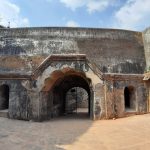Hidden away in the heart of Karnataka lies a place where history, spirituality, and nature intersect to create something truly magical. Kere Thonnur, also known as Thondanur, isn’t just another scenic lake—it’s a portal to the past, whispering tales of ancient dynasties, revered saints, and architectural wonders. From its tranquil waters to the centuries-old temples that stand as silent witnesses to time, every corner of this destination exudes an aura of mystery and devotion.
Whether you’re drawn by the echoes of history, the marvel of temple craftsmanship, the serenity of a spiritual retreat, or simply the allure of nature’s untouched beauty, Kere Thonnur promises an experience that lingers long after you leave. In this blog, we’ll unravel the fascinating stories behind this hidden gem, explore the breathtaking architecture, and uncover the divine connections that make it a must-visit for travelers and seekers alike.
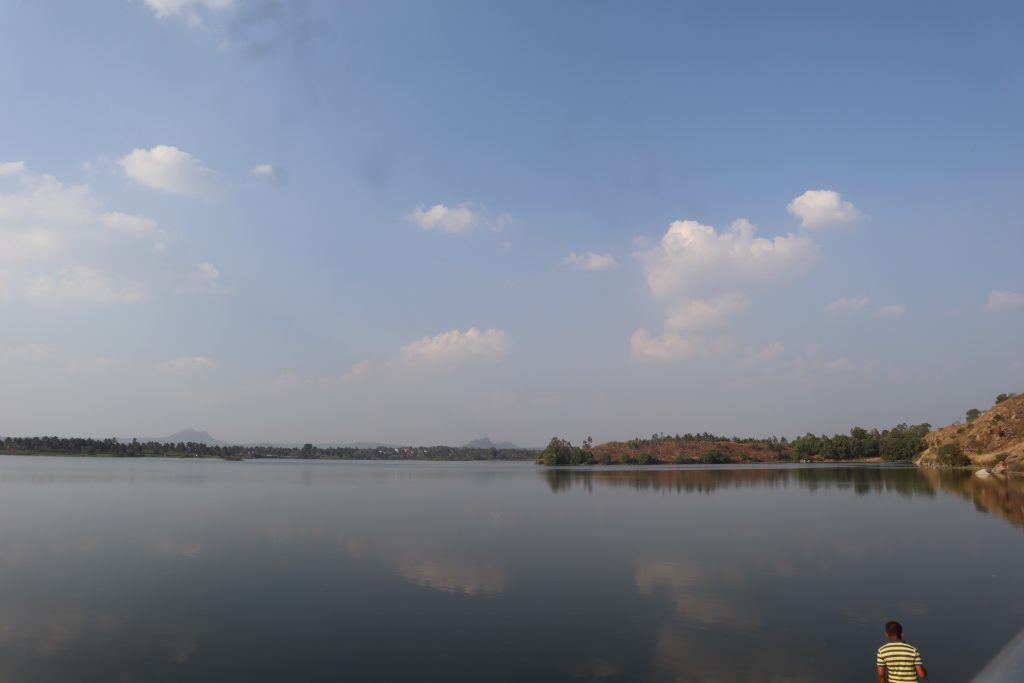
Kere Thonnur: A Timeless Jewel of History and Devotion
Step into the past, where the echoes of kings, saints, and conquerors still linger in the air. Kere Thonnur, a place of many names and legends, has stood as a silent witness to centuries of transformation—each era leaving its mark on this mesmerizing destination.
Long before it became Kere Thonnur, this land was known as Padmagiri, serving as a vital stronghold and provisional capital for the mighty Hoysala dynasty. But its significance extends beyond mere politics—this was a cradle of culture, faith, and architectural brilliance.
In the 12th century, King Vishnuvardhana, the pivotal ruler of the Hoysalas, brought about an era of spiritual and artistic flourishing. Under the profound influence of Acharya Ramanuja, one of the greatest Vaishnava saints, the region became a beacon of religious transformation. Temples rose in grandeur, and the sacred lake, once called Thirumala Sagara, became a sanctuary for both devotion and beauty.
But Kere Thonnur’s journey through time didn’t stop there. In 1746, a new chapter unfolded when Nasir Jung, the son of the Deccan Subedar, was so enchanted by the lake’s pristine waters that he bestowed upon it the poetic name Moti Talab—the Pearl Lake. The name reflected the sheer clarity and shimmer of the water, likened to a string of pearls scattered across the landscape.
Even today, the spirit of Kere Thonnur remains untouched by time. Its tranquil waters, ancient temples, and stories carved into stone continue to captivate those who seek history, divinity, and a glimpse into Karnataka’s glorious past. Whether you’re a history enthusiast or a spiritual seeker, this timeless jewel promises an unforgettable journey.
Kere Thonnur: A Sacred Sanctuary of Faith and Devotion
Nestled in the serene landscapes of Karnataka, Kere Thonnur is far more than just a picturesque lake—it is a place where divinity and history intertwine, creating a spiritual aura that has endured for centuries. This sacred destination holds a profound connection to the Vaishnavite tradition, forever linked to the teachings and legacy of the revered saint, Acharya Ramanuja.
The Footsteps of a Saint: Acharya Ramanuja and Kere Thonnur
Acharya Ramanuja, one of the most influential figures in Vaishnavism, made Melukote his spiritual home, but his devotion extended beyond its borders. Kere Thonnur was among the places he frequently visited, using the pristine waters of the lake for ritualistic and community purposes. His presence in the region not only elevated its spiritual significance but also transformed it into a thriving center for religious discourse and devotion.
A Millennial Legacy: 1000 Years of Acharya Ramanuja’s Influence
To honor his extraordinary contributions to the region, a magnificent statue of Acharya Ramanuja was recently installed near the lake, commemorating 1000 years of his presence. This tribute serves as a testament to his enduring influence on the spiritual fabric of Karnataka, drawing devotees and seekers eager to walk the same path as the legendary saint.
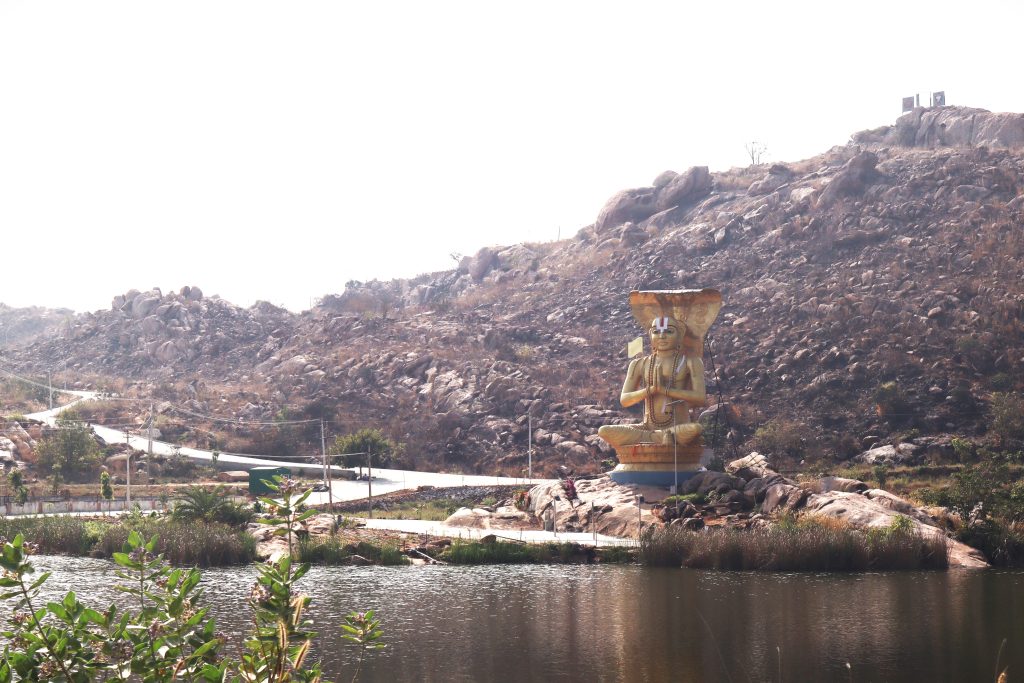
A Divine Landscape: The Sacred Temples of Kere Thonnur
Encircling the tranquil waters of Kere Thonnur are centuries-old temples, each echoing with prayers and devotion that have stood the test of time. These architectural marvels, dedicated to Lord Vishnu and his various incarnations, have long made this region a revered pilgrimage site. Whether you seek divine blessings, architectural grandeur, or a deeper spiritual connection, these temples hold stories waiting to be uncovered.
For those who visit, Kere Thonnur is not just a destination—it is an experience. A place where faith is etched into every stone, where the waters still reflect the legacy of saints, and where history and spirituality come alive in perfect harmony.
The Sacred Temples of Kere Thonnur: Timeless Echoes of Faith and Craftsmanship
Kere Thonnur is not just a scenic retreat—it is a living testament to Karnataka’s rich spiritual and architectural heritage. Scattered around its tranquil waters are centuries-old temples, each carrying stories of devotion, legendary figures, and artistic brilliance. These temples are more than places of worship; they are windows into an era when faith and craftsmanship merged to create enduring masterpieces.
Let’s step into the past and explore three of Kere Thonnur’s most fascinating temples—each with its own unique legend, breathtaking architecture, and spiritual significance.
Nambi Narayana Temple: A Vaishnavite Masterpiece in Stone
Standing as a crown jewel of Hoysala architecture, the Nambi Narayana Temple is one of the revered Pancha Narayana Temples, dedicated to Lord Narayana (Vishnu). It is a place where faith, history, and artistry converge.
- Built during the Hoysala era, the temple embodies the dynasty’s signature architectural style—intricately carved pillars, a majestic gopuram, and a sanctum brimming with spiritual energy. Every carving narrates a tale, from celestial beings to mythological motifs.
- As one of the five sacred Narayana temples in the region, it has been a beacon of devotion for centuries, drawing pilgrims seeking divine blessings.
- The sanctum, bathed in an ethereal glow, invites devotees to experience a moment of profound connection with the divine—a feeling that transcends time itself.
For historians and architecture enthusiasts, Nambi Narayana Temple is a priceless artifact of Hoysala ingenuity, preserving a legacy that continues to inspire awe.
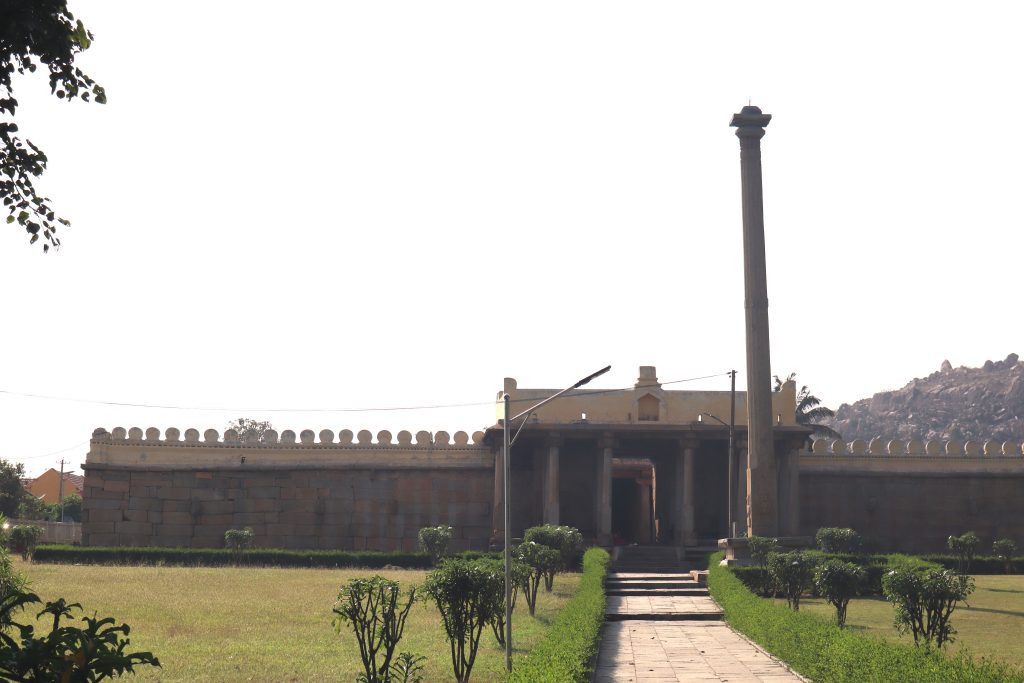
Partha Sarathi Temple: The Divine Charioteer’s Abode
Few stories in Indian mythology are as iconic as Krishna’s role as Partha Sarathi, the charioteer and guide of Arjuna in the Mahabharata. The Partha Sarathi Temple stands as a tribute to this celestial bond between duty, devotion, and destiny.
- Unlike grandiose temples with towering vimanas, this temple exudes a serene simplicity, making it an ideal retreat for meditation and reflection.
- 50 cylindrical pillars and 40 octagonal pillars, each adorned with intricate carvings and symmetrical precision, showcase the masterful artistry of the time.
- The sanctum radiates a sense of peace, reminding visitors of Krishna’s immortal words from the Bhagavad Gita, where he imparts wisdom to Arjuna on the battlefield of Kurukshetra.
For those who seek solace in history, this temple is not just a structure—it is a spiritual dialogue etched in stone.
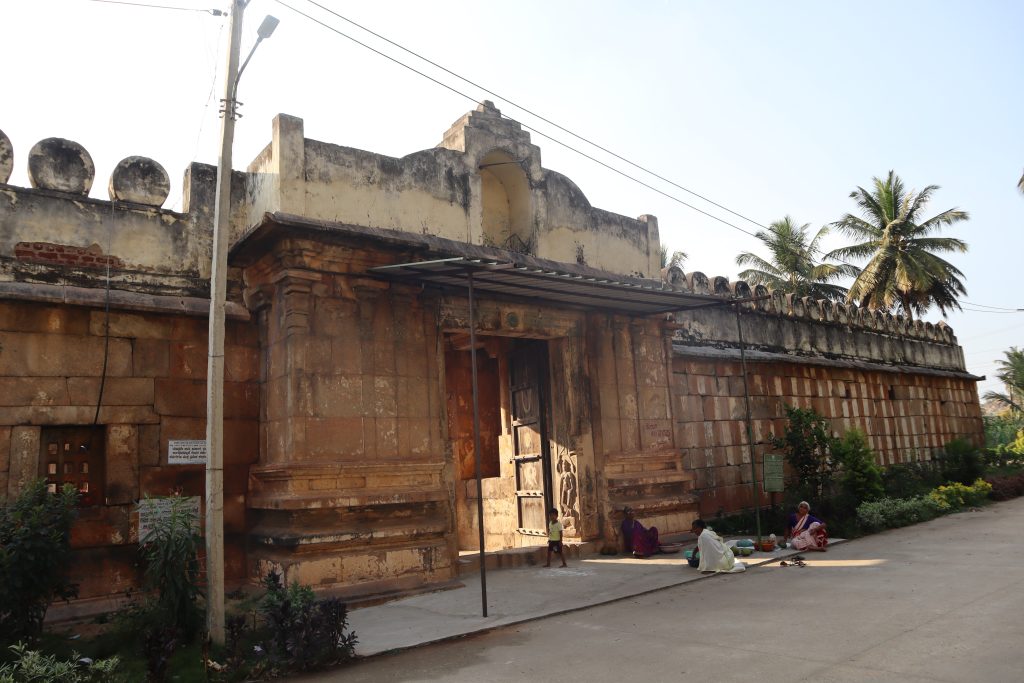
Prahlada Sthapita Narasimhaswami Temple: A Hidden Gem of Mystical Devotion
Among Kere Thonnur’s spiritual treasures lies a lesser-known yet deeply revered temple, believed to have been established by Prahlada himself, the unwavering devotee of Lord Vishnu. Dedicated to Lord Narasimha, the half-lion, half-man incarnation of Vishnu, this temple is shrouded in mystical reverence.
- The temple is a haven for devotees and scholars alike, offering an immersive experience into the Vaishnavite tradition and philosophy.
- Inside, a majestic statue of Sri Ramanujacharya, seated in padmasana pose, signifies the temple’s deep connection to Vaishnavism’s spiritual lineage.
- With its secluded ambiance and historical depth, this temple feels like stepping into an era where divine energies were palpable and faith was unwavering.
For history lovers and spiritual seekers, this temple is not just a monument—it is a sanctuary where devotion and legend intertwine.
A Living Legacy of Devotion and Artistry
The temples of Kere Thonnur stand as silent storytellers, preserving the spiritual fervor and artistic grandeur of bygone eras. Each pillar, carving, and sanctum invites us to explore the past, embrace the divine, and experience the timeless connection between faith and art.
Whether you are a historian unraveling layers of architectural brilliance or a devotee seeking divine solace, Kere Thonnur’s temples promise an unforgettable journey through time and devotion.
Beyond the Sacred: Discovering the Untamed Beauty of Kere Thonnur
Kere Thonnur isn’t just a place of spiritual reverence and historical grandeur—it’s a sanctuary of nature’s splendor and timeless serenity. Surrounded by rolling landscapes and graced by the crystal-clear waters of Moti Talab (Pearl Lake), this hidden gem offers an escape into Karnataka’s untouched beauty. Whether you’re drawn to tranquil waters, scenic trails, or breathtaking landscapes, Kere Thonnur promises an experience that transcends time itself.
Let’s embark on an adventure where history and nature weave an unforgettable tale.

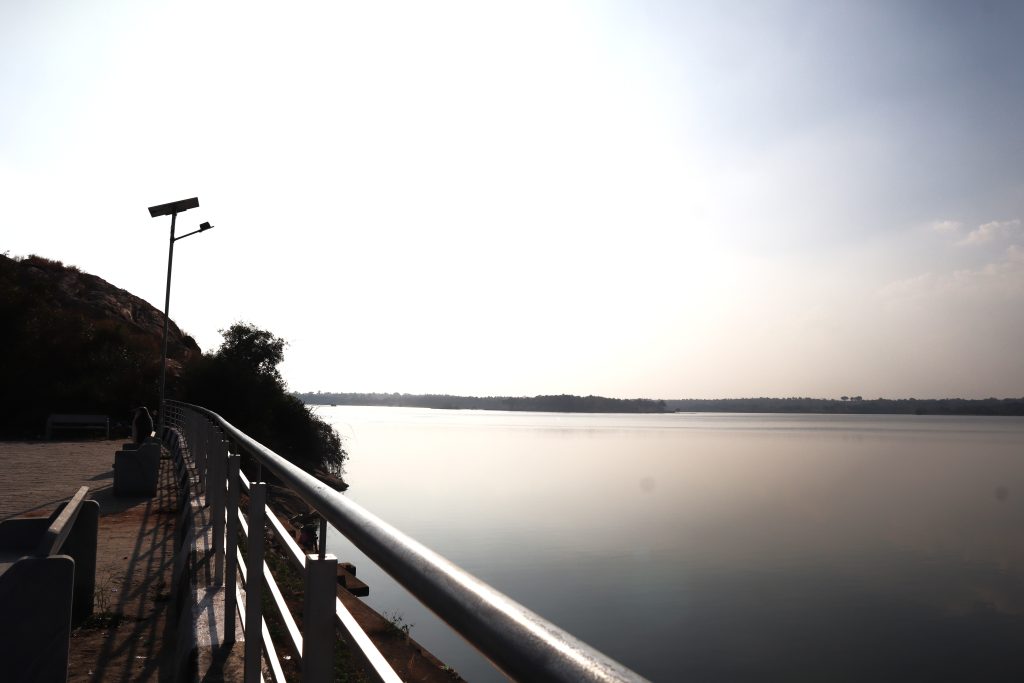
Sailing Through Time: The Enchanting Waters of Kere Thonnur
The heart of Kere Thonnur is its pristine lake, once known as Thirumala Sagara during the Hoysala era. This ancient water body has long been a lifeline for communities, offering both sustenance and spiritual sanctity.
- The lake’s historical significance was immortalized in 1746 when Nasir Jung, the son of the Deccan Subedar, was so mesmerized by its crystal-clear waters that he renamed it Moti Talab (Pearl Lake). Even today, the shimmering surface reflects an untouched purity that few places can match.
- A boat ride on these tranquil waters is like drifting through history itself. The soft ripples tell stories of ancient travelers, monks, and royalty who once sought solace along these shores.
- Surrounded by verdant hills and temple spires, the lake creates a breathtaking panorama, perfect for those looking to soak in the essence of nature’s artistry.
Whether you seek solitude, relaxation, or a moment of quiet reflection, the serene waters of Kere Thonnur offer an escape into Karnataka’s timeless beauty.
A Photographer’s Paradise: Capturing Kere Thonnur’s Eternal Charm
For those with an eye for beauty, Kere Thonnur is a visual masterpiece waiting to be captured. The lake’s mirror-like waters, ancient temple silhouettes, and lush landscapes create an ever-changing canvas of light and shadow.
- Golden Hour Magic – The early morning mist over the lake and the warm hues of sunset transform the scenery into a dreamlike vision.
- Architectural Wonders – The intricately carved temples stand as testaments to an era of unparalleled craftsmanship, making them a goldmine for photographers fascinated by history.
- Nature’s Symphony – The surrounding hills, flowering trees, and serene waters provide the perfect backdrop for breathtaking landscape shots.
Every corner of Kere Thonnur whispers stories from the past, waiting to be framed and immortalized. Whether you’re a seasoned photographer or a traveler capturing memories on your phone, this place guarantees snapshots that echo through time.
Kere Thonnur isn’t just a historical retreat—it’s an untamed sanctuary where nature and history dance in harmony. Whether you glide across its sacred waters or frame its ancient beauty through a lens, this timeless paradise promises an unforgettable journey through Karnataka’s hidden wonders.
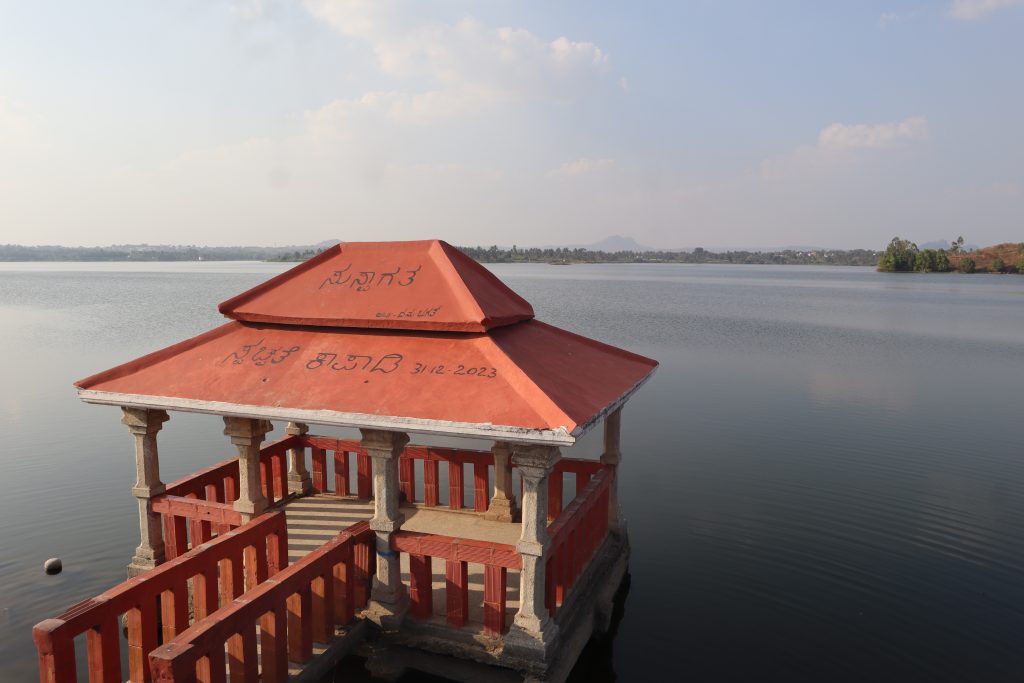
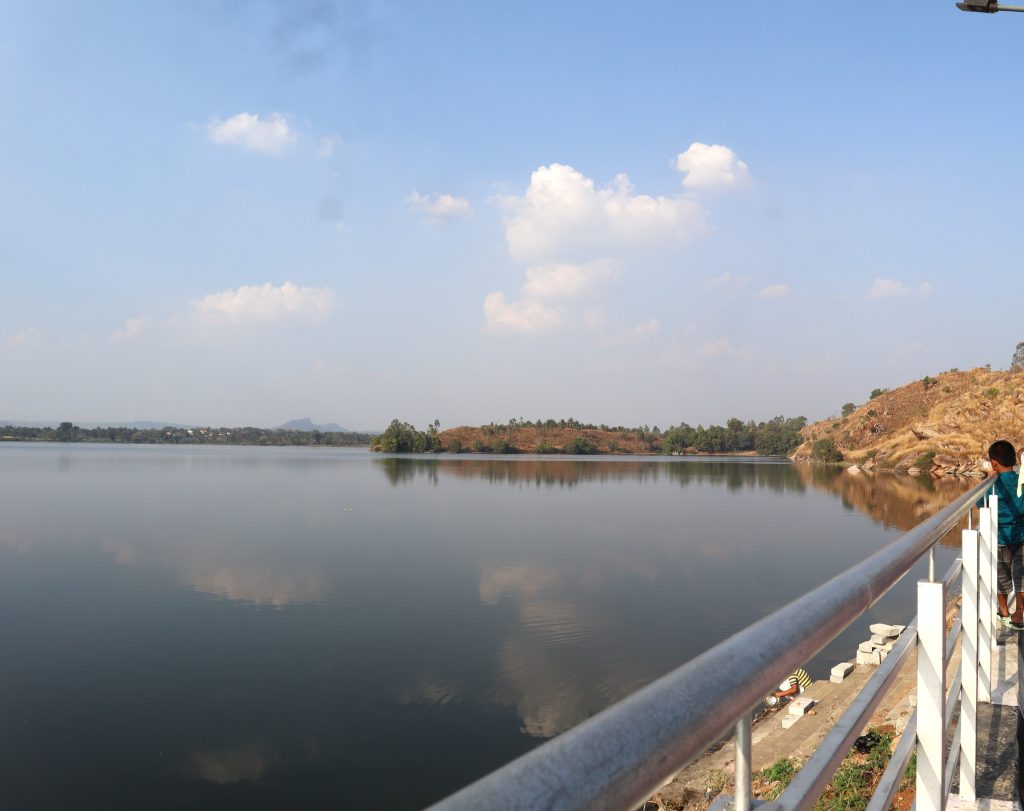
Beyond Kere Thonnur: A Journey Through Karnataka’s Timeless Treasures
Kere Thonnur is just the beginning of an extraordinary voyage through Karnataka’s spiritual and historical landscape. Nestled amidst centuries-old temples, sacred water bodies, and architectural wonders, this region invites travelers to immerse themselves in its divine aura and regal past.
If Kere Thonnur’s tranquil waters have left you spellbound, prepare to uncover nearby marvels that hold echoes of saints, kings, and timeless traditions.
Cheluvanarayana Swamy Temple – The Divine Jewel of Melukote
A visit to Melukote is incomplete without stepping into the sacred embrace of Cheluvanarayana Swamy Temple, a site steeped in legend and devotion.
- This majestic Vaishnavite shrine is home to Cheluva Narayana (Lord Vishnu), whose idol is believed to have been rescued from Delhi and reinstated here by Acharya Ramanuja himself.
- The temple’s serene corridors and intricately carved pillars whisper tales of Hoysala patronage and spiritual awakening.
- Every year, thousands of devotees gather for the Vairamudi Brahmotsava, an awe-inspiring festival where the deity is adorned with a radiant diamond-studded crown, said to be of celestial origin.
A sanctum of devotion and architectural grandeur, Cheluvanarayana Swamy Temple remains the beating heart of Melukote’s spiritual legacy.
Yoga Narasimha Swamy Temple – A Hilltop Sanctuary of Serenity
Perched atop Yadugiri Hill, the Yoga Narasimha Swamy Temple is both a spiritual refuge and a visual spectacle.
- This magnificent temple is dedicated to Lord Narasimha, the half-lion, half-human incarnation of Vishnu, in a meditative (yoga) posture—a rarity among Narasimha shrines.
- Legend holds that Acharya Ramanuja meditated here, drawn by the temple’s mystical aura and breathtaking panoramic views.
- The ascent to the temple is a rewarding journey, offering a chance to soak in the sunrise over Melukote and Kere Thonnur, making it a haven for both devotees and nature lovers.
For those seeking tranquility, divine blessings, and a breathtaking hilltop retreat, Yoga Narasimha Swamy Temple is a must-visit gem.
Kalyani Pushkarni – A Timeless Bath in Divinity
The Kalyani Pushkarni is no ordinary water body—it is a sacred stepwell that has witnessed centuries of devotion, rituals, and legends.
- This majestic temple tank, known for its symmetrical stone steps and pillared corridors, was built for ritualistic purification before temple visits.
- The crystal-clear waters shimmer under the sun, reflecting the grandeur of Melukote’s temples and the faith of generations who have gathered here.
- Whether you seek a quiet moment of reflection, a glimpse of stunning architecture, or a deep dive into history, Kalyani Pushkarni offers an experience unlike any other.
A site of spiritual and visual poetry, this ancient reservoir continues to mesmerize pilgrims, photographers, and heritage enthusiasts alike.
Saumyakeshava Temple – A Forgotten Hoysala Masterpiece
Tucked away in the quiet village of Nagamangala, just a short drive from Kere Thonnur, the Saumyakeshava Temple stands as a stunning yet lesser-known Hoysala marvel.
- Built in the 12th century, this Vaishnavite temple showcases the signature Hoysala star-shaped sanctum, ornate sculptures, and intricately detailed friezes.
- It is dedicated to Lord Keshava, a form of Vishnu, and retains an aura of serene divinity and architectural brilliance.
- The sculpted outer walls narrate stories from Hindu epics, making it a treasure trove for history buffs and art lovers.
For those looking to explore beyond mainstream heritage sites, Saumyakeshava Temple is a hidden gem waiting to be discovered.
Srirangapatna – The Land of Warriors and Gods
A short journey from Kere Thonnur takes you to Srirangapatna, an island fortress brimming with history, mythology, and grandeur.
- At its heart lies the Ranganathaswamy Temple, one of the most revered Vishnu temples in South India, housing a magnificent reclining idol of Lord Ranganatha.
- The town echoes the legacy of Tipu Sultan, the famed ruler of Mysore, whose summer palace, Dariya Daulat Bagh, and his final resting place, Gumbaz, offer a glimpse into the past.
- The ruins of Tipu’s fort tell tales of battles fought against the British, making Srirangapatna an essential stop for history enthusiasts.
Blending mythology and military history, Srirangapatna is a fascinating detour that enriches your journey through Karnataka’s cultural heritage.
A Journey Through Time and Spirituality
From grand temples perched on hills to serene tanks and forgotten relics, the land surrounding Kere Thonnur is a living museum of faith, history, and breathtaking beauty. Whether you’re drawn to the divinity of ancient shrines, the legacy of saints and kings, or the sheer artistry of Hoysala architecture, this region offers a pilgrimage for the soul and a feast for the senses.
Step beyond Kere Thonnur and immerse yourself in Karnataka’s extraordinary heritage—where every stone, every ripple, and every temple has a story to tell.
Why Visit Kere Thonnur?
Whether you seek spiritual enlightenment, historical exploration, or natural beauty, Kere Thonnur offers a perfect blend of all three.
- For Spiritual Seekers: The sacred temples and divine aura provide a deeply immersive experience.
- For History Buffs: The Hoysala legacy and the presence of Acharya Ramanuja make it a treasure trove of history.
- For Nature Lovers: The pristine lake and rolling hills offer a peaceful escape from urban life.
Check out the map below for ease of commute
Conclusion
Kere Thonnur is a place where history, spirituality, and natural beauty converge. Whether you come to seek blessings, uncover history, or experience tranquility, the journey to Kere Thonnur leaves an indelible mark on the soul.
FAQs
How can I reach Kere Thonnur?
Kere Thonnur is accessible by road from Bangalore and Mysore.
What is the best time to visit?
October to March offers ideal weather for exploring the lake and temples.
Is there an entry fee?
No, all sites are open to visitors free of charge.
Are accommodations available?
Stay options are available in Melukote and Mysore.
Can I take photographs?
Photography is allowed outside temples but may be restricted inside.




